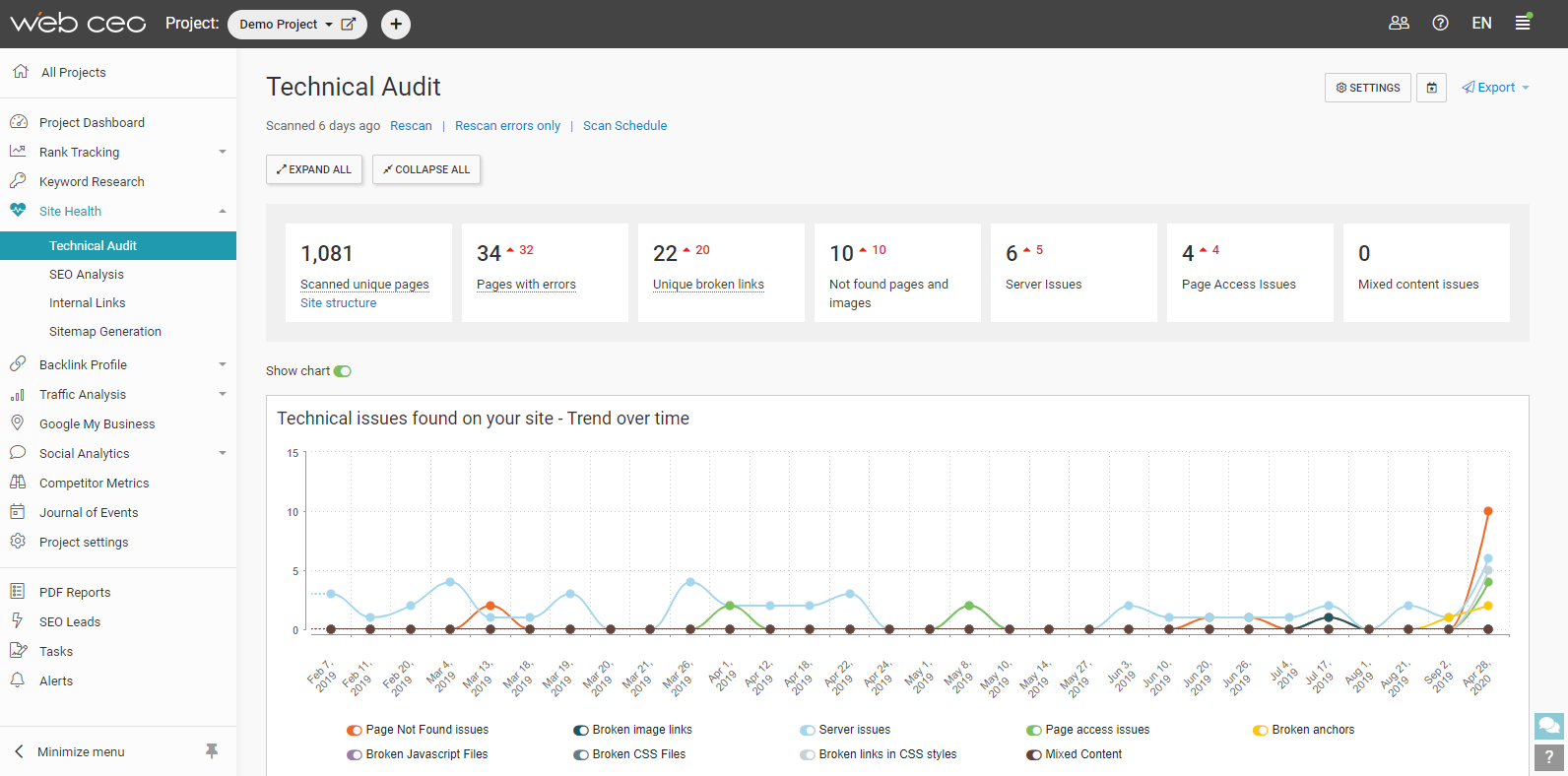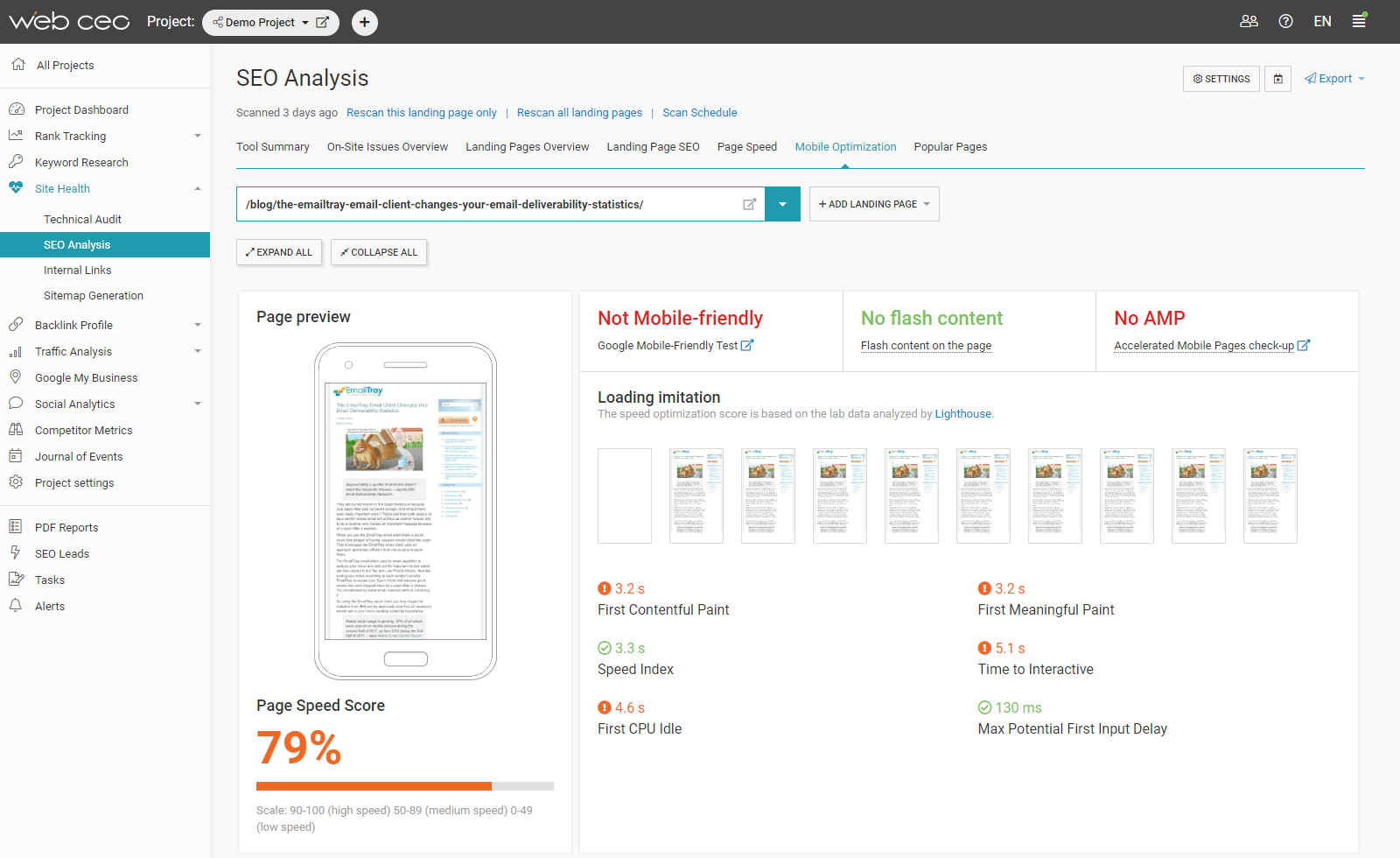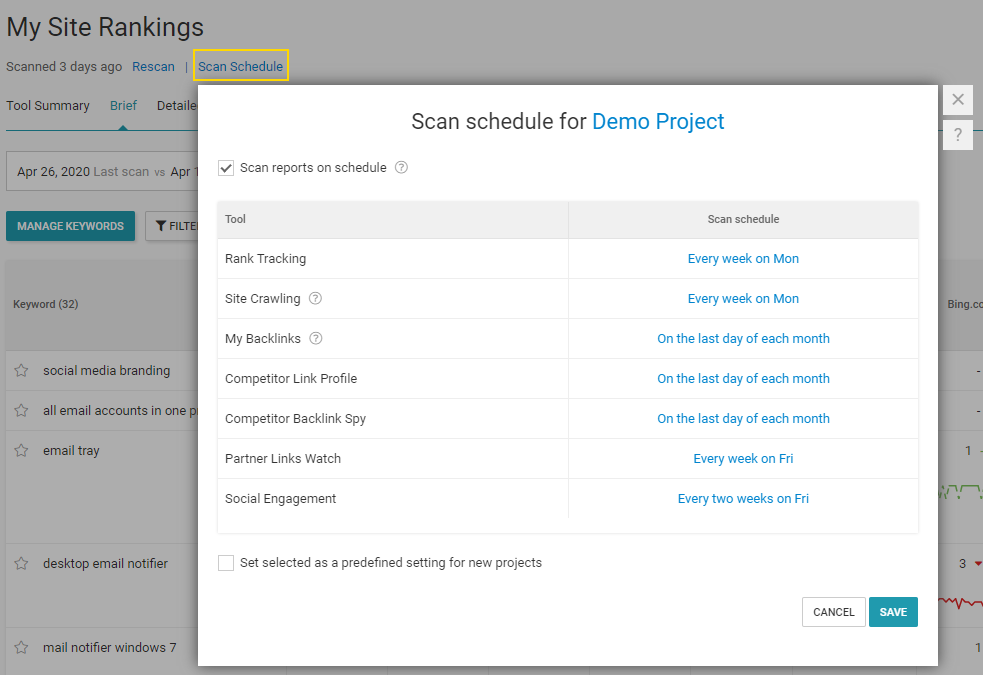
10 Steps to Make a Full Business Recovery from the Crisis via @webceonews
1. Adapt to Customers’ Lockdown Behavior & Assume It’s Here to Stay
People split into two big categories during the crisis:
- Those who stay at home.
- Essential workers who put themselves in danger.
Just from this description, you can get the gist of what each of these two types of people may need. And with a detailed customer persona, you can gain even more insight into their wants.
One after another, countries are lifting their lockdown restrictions. However, it’s too early to relax.
Play it safe and assume the lockdown isn’t ending anytime soon (no matter how depressing it may sound). How is it going to affect your work?
- If you run an ecommerce store, keep your stock full at all times. Almost everyone shops online now, so if you don’t watch your stock, you’ll risk running out.
- If your job involves teaching your customers things (e.g., a yoga instructor), you might need equipment to record videos and software to edit them. And you will need to upload them on YouTube or another site of your choice.
- If it’s simply talking to customers on the phone or Skype, you will have the easiest time of all – just make sure all the necessary devices are on.
To summarize: have everything you need to do your job at home. If you are still lacking something, get it at once.
2. Reassess Your Spending Strategy
How to avoid going bankrupt when the quarantine put a damper on everyone’s business? One way is to rethink how you manage your budget. If you didn’t do this when the lockdown began, you should really do it now!
How can you cut your costs and spend less than usual?
- Spend less on advertisements.
- Double down on free promotions.
- Stop activities that don’t result in profits.
- Reuse old, successful content that can still be useful.
Another way is to make yourself less expensive (and more appealing) to customers. Discounts and special offers are even more effective than ever, thanks to literally everyone trying to save money. In fact, so many businesses have been offering discounts, customers expect them from everybody now.
3. Go International
Many countries have markets that have been more optimistic than others during the crisis. If the people in your region are feeling gloomy, your best chance for survival may be to sell into markets that are more into spending. The tricky bit is finding the places where the demand is high.
But it’s easy to do with SEO tools.
Step 1: Open Google Trends.


Enter the terms describing your product and check how they are trending by region, on a scale from 0 to 100. Countries with a high number will be good candidates.
What if you are already getting site traffic from all over the planet?
Then it’s worth checking which sources could be made better with some location-precise SEO. You can find this data in Google Analytics, but there is a shortcut to get it faster.
Step 2: Connect your Google Analytics account to WebCEO and open the Geo report.


There you will find everything you want to know about your global traffic, in much fewer clicks and less time.
Once you have decided on the countries to target, you will need to partner up with somebody who lives there and can help you translate your content.
4. Find Tools to Improve Your Work Process
A famous rule of success is “work smart, not hard.”
If you can find ways to produce results with less effort and in a shorter amount of time, you will have more of each to spend on other tasks. A great way to do this is by using software that can help you do your job faster or even fully automate it.
Since there is most likely a lot of software to choose from in your niche, help yourself pick the best by answering these questions.
- What tools do you currently use?
- Do they have superior alternatives? If they are more expensive than what you are using, will the return on investment be worth it?
- Does your working process have any steps you aren’t doing with tools, but could?
- Can you change any steps in your work process to produce better results – and do them using tools?
For example, checking site rankings and how they fluctuate is a necessary step for every online business. You can do that with WebCEO tools and make it fully automatic, too – you will only need to read the reports.
What other, niche-specific tools can you find for your work?
5. Make Your Website Run Like Clockwork
From a technical standpoint, a good online service translates to a fast-loading website where nothing breaks while customers are using it.
There are two things you can do right now to improve your UX:
1. Find & Fix Technical Errors
There is no such thing as a minor site error. Even a single broken image can render a page useless if you were using that image to show your product.
Make it a habit to run technical audits at least once a week and immediately fix any errors you find.
Set WebCEO’s Technical Audit tool to scan your site automatically.


2. Make Your Site Mobile-Friendly
Phones are competing with desktop PCs for user traffic as fiercely as ever, so your website must be fully operational on all types of platforms. The best practices include implementing a responsive design (Google has helpful guidelines for that) and maxing out your loading speed.
Check your site pages’ mobile-friendly status with WebCEO’s Mobile Optimization tool.


Both tools offer tips for improving your site’s performance. Make full use of them!
6. Make the Customer Experience on Your Site Easier for New Users
However, the user experience is more than just how well a site works. The most important factor of all is the money-making factor: quality of customer service.
The closer your users are to the bottom of the sales funnel, the better for you, so your site needs to be accommodating toward that kind of visitor.
What do potential customers need from your site?
- Intuitive design. Divide your content into clearly defined sections. Users must be able to tell at a glance which part means what and where to find everything they need.
- Quick answers. Write detailed descriptions of your products and provide the means to get more information: a live chat, a chatbot, and FAQ.
- Multiple products to choose from. Customers like to have options. Be sure to display other products on pages in a “people also buy” section.
- Your contact information. Display it on your homepage or a separate one.
- Honest opinions about you. This is where customer reviews and testimonials come in. Make it easy for users to leave their feedback and encourage the action.
- Simple check-out process. The less clicking and scrolling it takes, the better.
7. Implement Features & Tactics to Convert New Users Into Leads
In addition to improving your UX, think about ways to enhance it for your own benefit. Making visitors stay for longer isn’t always enough to convert them. That’s just the cheese; you also need a mousetrap.
Stay on the offensive using these measures:
- Automatically opening chats.
- Callback widgets.
- Exit intent pop-ups.
- Listing the benefits right before calls-to-action.
- Sending users emails and phone messages.
- Retargeting to remind them about your site.
8. Improve Your Google Rankings
To start, check your site rankings to evaluate your current situation.
Punch your keywords into WebCEO’s My Site Rankings tool and see what positions you are holding.


If you are dominating Google’s Page 1, good work!
But if you aren’t, what can you do to improve your rankings?
- Refine meta tags + content on your site to better match and satisfy user search intent.
- Build backlinks from high-authority sites whose niche is relevant to yours.
- Optimize your site’s link structure to direct link authority from high-authority pages to low-authority ones. Find out which page is which on your site in WebCEO’s Page Authority Analysis report.
Site rankings constantly change for everyone, so scan yours at least once a month. If you notice a drop in rankings for any of the keywords, find out why it’s happening. It might be as simple as having to improve the weakened pages’ content, or you could need completely different keywords.
Set “My Site Rankings” to automatically scan your site and send you reports.


9. Optimize for Voice Search
Online shopping goes well with voice search.
Its most distinctive feature is the search queries: full sentences, questions you can use in conversation. Therefore, the first step in voice search SEO will be using these natural language queries to optimize your site.
- Pick your queries from long-tail keywords with high search volume. You can find them with a keyword tool like WebCEO’s Get Suggestions tool.
- Include FAQs in your product pages. Fill them with questions your customers might ask word for word and write detailed answers.
- If you have tutorials and other step-by-step instructions, write them using ordered and bulleted lists.
- Use structured data to define the parts of your content that are relevant to users’ queries.
Note that voice search tends to pick the highest-ranking results. The more successful your pages, the more likely they are to be picked.
10. Increase Your Click-Through Rates
Do you know what guarantees user visits even better than seizing the top positions? Making your search snippets attractive to your target audience.
Usually, the secret to improving your click-through rates is using attention-grabbing text and visuals. Different areas have a bit of nuance, though.
- Google SERPs: Mind the character limits in your search snippets’ titles, descriptions, and URLs. Use schema markup on your pages to add new elements to your snippets. Also, try to optimize your pages to appear in featured snippets.
- Social media: Text-only posts are boring! Add images and videos to them. Also, make users engage with your updates (by asking questions or provoking discussions) and reply to their comments.
- Your own site: Use a heat map generator to see what users do on your pages. If you find out they don’t scroll down far enough or ignore your CTAs, it could mean you need to redesign your pages. Additionally, improving the ranking positions of your “money” pages will be a tremendous help in gaining more clicks.
A must-do when you work on your CTRs: check the pages ranking on Google’s SERP #1 for your chosen keywords and give them a thorough analysis, including their search snippets. If you can figure out what makes them rank so well, you can come up with ways to one-up them.
Afterword
To get your business out of a slump, you need to keep your eyes open for any opportunity to deepen your connection with your customers. That’s why we have new Internet marketing lifehacks. However, nothing has changed in regard to promoting your site in search engines.
Why not start with the easiest way to reach customers: find and improve pages closest to the top positions in Google? You can always count on SEO to acquire more user traffic. Managing this traffic is how you prove your worth as a marketer.





